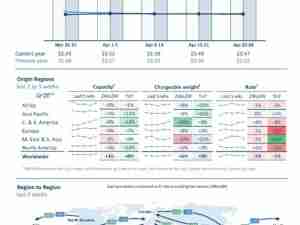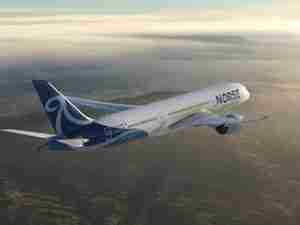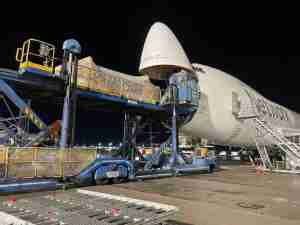The expected increase in commercial drone operations such as delivery flights is prompting accident investigators to expand the types of aviation crashes they plan to review.
The National Transportation Safety Board proposed Thursday that it adapt its criteria for when to open an investigation in preparation for a time when the skies might be packed with pilotless aircraft that could pose new risks.
Current NTSB rules governing its authority over drones were drawn up in 2010 and didn’t anticipate the growth of Alphabet Inc.’s Wing, Amazon.com Inc.’s Prime Air and the many others seeking to operate mid-size devices for commercial purposes, the agency said in a proposed regulation.
The changes would “allow the NTSB to be notified of and quickly respond to UAS events with safety significance,” it said, referring to drones by the acronym for unmanned aircraft systems.
The NTSB currently investigates drone accidents only if the device weighs 300 pounds (136 kilograms) or more. The safety agency wants to create a new definition that would include drones of all sizes that have obtained Federal Aviation Administration approval for complex commercial operations. These include flights over populated areas or on computer-operated missions over long distances.
“A substantially-damaged delivery drone may uncover significant safety issues, the investigation of which may enhance aviation safety through the independent and established NTSB process,” the agency said.
The smaller devices popular with hobbyists would mostly be exempt from the new NTSB definition.
The safety board has investigated a growing number of drone-related accidents, including hobbyist devices that struck helicopters.
The public has 60 days to comment on the NTSB’s proposed regulation.








